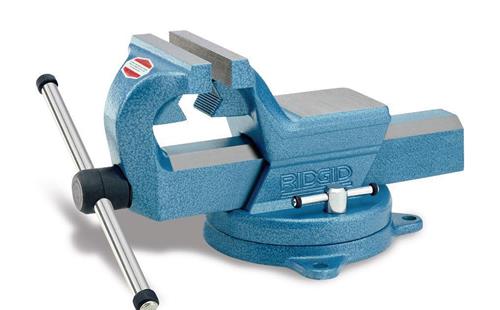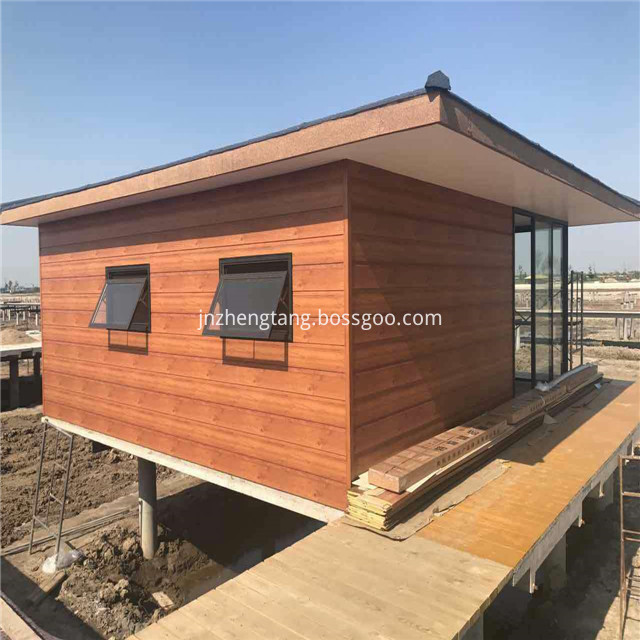Bench vise is usually called vise by everyone. Bench vise is a kind of fixture used to hold workpieces. It is installed on the workbench to clamp the processed workpiece firmly, and it is an essential tool for the work in the fitter workshop. The vise body of the turntable type vice is able to rotate, so that the workpiece can be rotated to a suitable working position. So what are the specifications of the bench vise? Let's take a look together next!
Â

Bench vise specifications
Â
Bench vise is based on the jaw width as the calibration specification. Common specifications range from 75mm to 300mm. Generally, the common ones are 100mm, 125mm, 150mm, etc. Most of the time, people express the specifications of bench vices in inches, generally 3 inches, 4 inches, 5 inches, 6 inches, 8 inches, 10 inches, 12 inches.
Â
How to use bench vise
Â
When the vise is installed on the vise, the working surface of the fixed vise body must be outside the edge of the vise to ensure that the lower end of the workpiece is not hindered by the edge of the vise when clamping a long workpiece. After the vice table is fitted with a vice, the height of the operator is more appropriate. Generally, the height of the jaws is exactly flush with the elbow. That is, the elbow is placed at the highest point of the vice. The length and width depend on the work.
Â
Precautions for use
Â
1. When clamping the workpiece, it must be properly tightened. The handle can only be tightened by hand, and no other tools can be used to increase the force.
2. When working vigorously, the force should be directed towards the fixed body.
3. It is not allowed to knock on the movable pliers and smooth surfaces.
4. The screw, nut and other movable surfaces should be cleaned and lubricated frequently to prevent rust.
5. During the installation of the bench vice, part of the jaws of the fixed jaw must be outside the edge of the bench to ensure that the workpiece is not hindered by the edge of the bench when clamping a long workpiece.
6. The vise must be firmly fixed on the vise table. The three compression screws must be tightened so that the vise body is not loose during processing, otherwise it will damage the vise and affect the processing.
7. When clamping the workpiece, only use the force of the hand to pull the handle. Never use a hammer or other sleeve to pull the handle to avoid damage to the screw, nut or clamp body.
8. The workpiece cannot be struck on the jaws, but should be on the platform where the jaws are fixed, otherwise the jaws will be damaged.
9. Screws, nuts and other sliding surfaces must be kept clean and lubricated frequently.
The above is about the specifications, usage methods and precautions of the bench vice. Bench vise is usually used in machining work, so its maintenance is also very necessary, only in this way can extend the life of the bench vise. Of course, it is best to pay attention to some operations to avoid damage to the bench vise during use.

1. All steel fabric parts and the size of prefab house can be made according to clients' requirement: cheapest prefab house| prefab house.
2. The prefab house is low cost, durable structure, convenient relocation , and environment-protection.
3. The material of prefab house is light and easily to installation. one 50 square meter house five workers 1-3days finished installation, save manpower and time.
4. All the materials of prefab house can cycle-use, Meeting the require of environment protection in the world. Special is in the large-scale house projects in the developed region.
5. We used the high quality galvanized sheet and foam as the materials of the wall and roof .So the prefab house is good for fire proofing, water proofing, etc.
6. Support frame system of steel prefab house: Q235B China stander steel structural. Square tube, Channel steel, etc.
Small Prefab Homes,Prefab Homes,Prefab Houses,Prefab Modular Homes
Jinan Zhengtang Insulation Decoration Material Co.Ltd , https://www.ztwallsiding.com